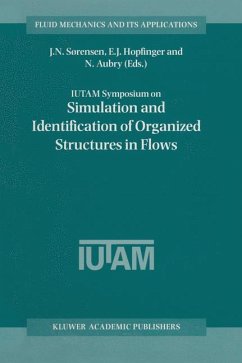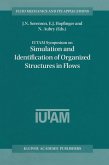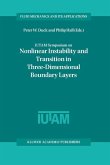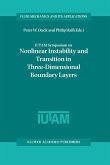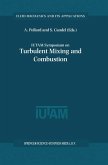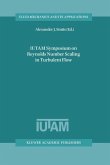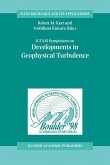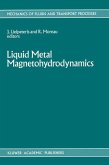The dynamics of transitional and turbulent flows is often dominated by organized structures with a life-time much longer than a characteristic time scale of the surrounding small-scale turbulence. Organized structures may appear as secondary flows as a result of an instability but they persist in turbulent flows. They manifest themselves as eddies or localized vortices and play an important role in e.g. mixing and transport processes. Al though the existence of organized structures has been revealed by many experiments and by numerical simulations they are somewhat elusive, as there is no consensus on how to define them and technically how to detect them. In recent years several identification tools for analysing complex flows have been developed. These tools include various versions of the Proper Orthog onal Decomposition (POD) technique, wavelet transforms, pattern recogni tion, etc. At the same time, improvements in experimental techniques have made available data that furthernecessitate efficient detection methods. A prominent example is the Particle Image Velocimetry (PIV) technique from which complex spatio-temporal flow data can be obtained. An interesting feature of some of the identification techniques is that they form the basis for reduced models by which dynamical processes can be studied in details. From studies of dissipative dynamical systems it has been revealed that, in phase space, transitional and turbulent flows can be identified by their low-dimensional behaviour. Thus, employing data from experiments or nu merical simulations to form modes residing on finite-dimensional attractors may dramatically reduce computing costs.
`I have read this book with great interest and found that most papers provide something new, inspiring, and applicable in hydraulic research. In summary, this book is a valuable source of information that should stimulate new approaches and developments in hydraulic research, especially in studying the physics of hydraulic resistance, sediment transport, flow-biota interactions, and their modeling.' Journal of Hydraulic Engineering (February 2001)
`I have read this book with great interest and found that most papers provide something new, inspiring, and applicable in hydraulic research. In summary, this book is a valuable source of information that should stimulate new approaches and developments in hydraulic research, especially in studying the physics of hydraulic resistance, sediment transport, flow-biota interactions, and their modeling.'
Journal of Hydraulic Engineering (February 2001)
Journal of Hydraulic Engineering (February 2001)

